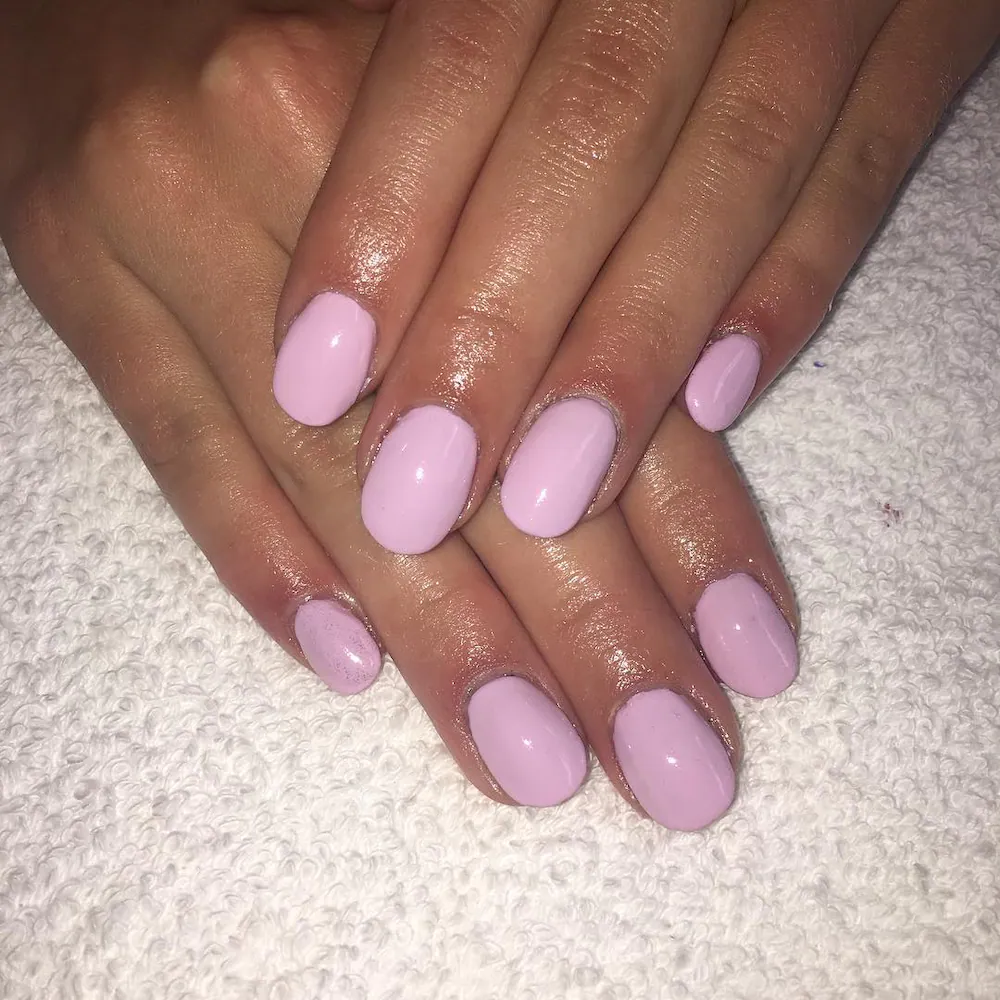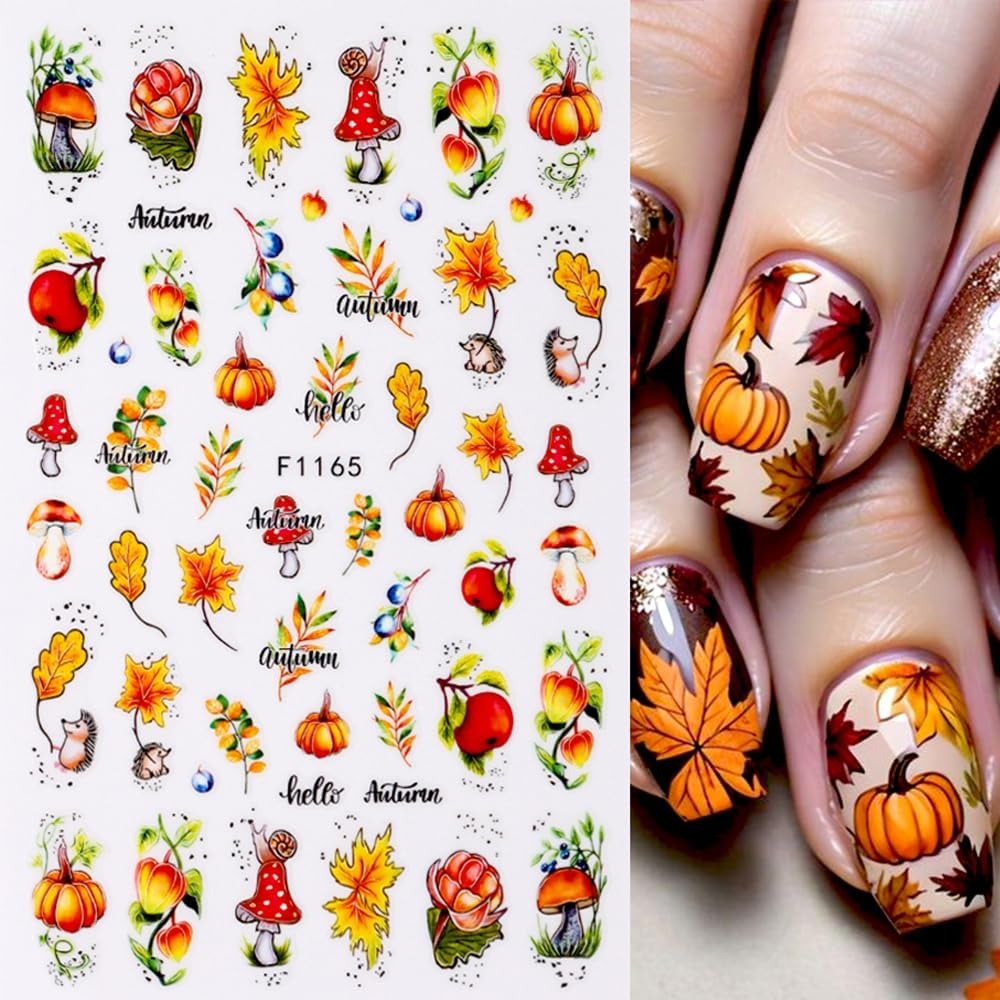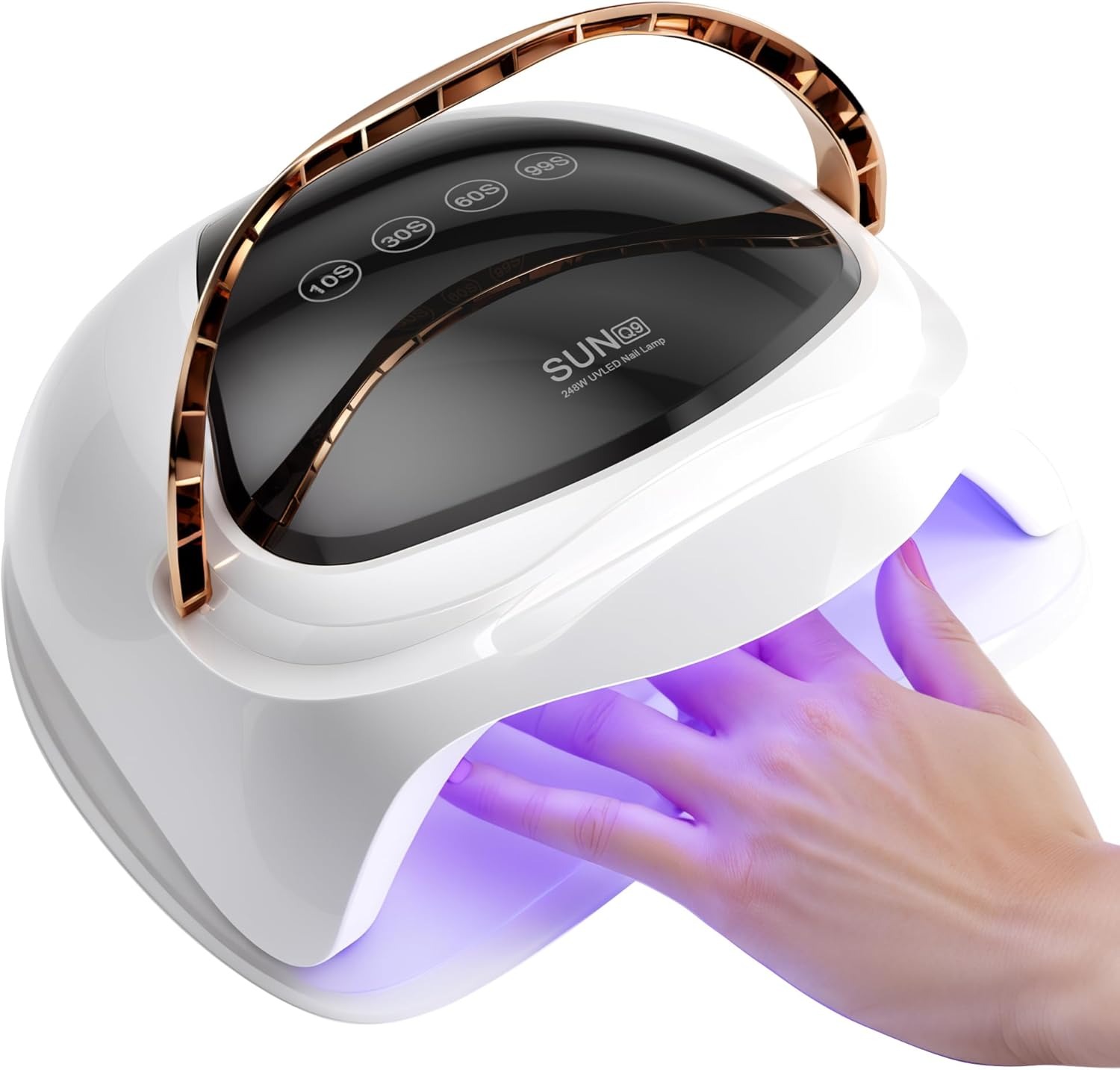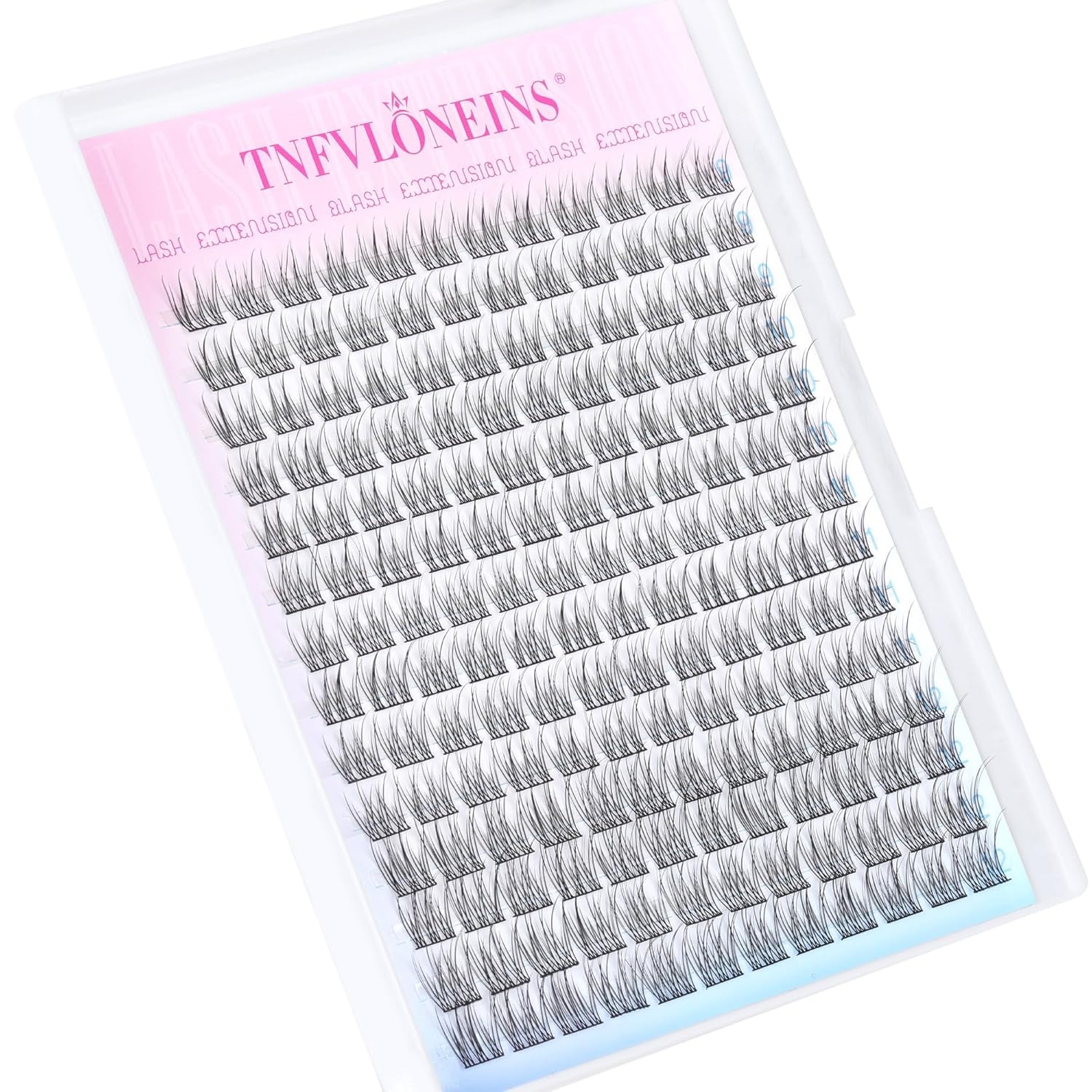The Art of Acrylic Nails
Acrylic nails offer endless possibilities for self-expression. They provide a durable canvas for intricate designs. Nail technicians mix a liquid monomer with a powder polymer. This creates a dough-like substance that hardens when exposed to air. The result? A strong, long-lasting nail extension. Acrylic nails allow for shape manipulation. They can extend far beyond the natural nail. This extended surface invites creativity. Nail artists use acrylics as a base for stunning designs. From simple French tips to elaborate 3D art, acrylics support it all. The versatility of acrylic nails makes them a favorite among nail enthusiasts.
Classic Acrylic Nail Designs
Classic designs stand the test of time. French tips remain a popular choice for acrylic nails. The white tip contrasts beautifully with a nude base. Ombre nails offer a subtle gradient effect. They transition smoothly from one color to another. Solid colors make a bold statement. Red nails exude confidence and glamour. Nude tones provide an elegant, understated look. Glitter acrylics add sparkle to any outfit. They catch the light and draw attention to the hands. These classic designs suit various occasions. They transition seamlessly from day to night. Many opt for these timeless styles for their versatility. Classic designs often incorporate neutral color palettes. This ensures they complement a wide range of outfits and styles.
Nail designs often reflect the changing seasons. Spring brings pastel colors and floral patterns. Soft pinks, lavenders, and mint greens dominate spring nail art. Summer calls for bright, vibrant hues. Neon colors and tropical designs capture the summer spirit. Fall introduces warm, earthy tones. Deep reds, oranges, and browns mimic autumn leaves. Winter inspires icy blues and sparkling silvers. Snowflake patterns and glittery accents evoke winter wonder. Holiday-themed nails gain popularity during festive seasons. Christmas nails feature red and green with golden accents. Halloween inspires spooky designs in orange and black. Seasonal trends allow for creative expression throughout the year. They offer a fun way to celebrate changing weather and holidays.
Innovative 3D Acrylic Nail Art
3D nail art pushes the boundaries of nail design. It adds texture and dimension to acrylic nails. Artists create raised elements using acrylic powder. These elements range from simple dots to complex sculptures. Flowers are a popular choice for 3D nail art. Petals and leaves seem to bloom from the nail surface. Geometric shapes offer a modern, edgy look. Cubes, pyramids, and spheres add visual interest. Some artists incorporate small jewels or charms. These elements dangle from the nail, creating movement. 3D art can also include functional elements. Tiny compartments might hold small amounts of glitter or perfume. The possibilities for 3D nail art are limitless. It allows for truly unique, personalized designs. However, 3D elements require careful maintenance. They may catch on clothing or hair if too elaborate.
Minimalist nail art embraces simplicity. It focuses on clean lines and subtle details. Negative space designs incorporate the natural nail. They leave portions of the nail unpolished for contrast. Thin, metallic lines create geometric patterns. These designs often use a nude base for elegance. Single dots or small symbols make a subtle statement. A tiny heart or star adds personality without overwhelming. Color blocking uses sharp lines to separate hues. This technique creates a modern, artistic look. Minimalist designs suit professional environments. They offer creativity within conservative boundaries. These styles often incorporate neutral color palettes. Blacks, whites, and nudes dominate minimalist nail art. The simplicity of these designs highlights nail shape and length. They draw attention to well-manicured hands without flashy elements.
Acrylic Nail Care and Maintenance
Proper care extends the life of acrylic nails. It maintains their appearance and strength. Regular fills prevent lifting and breakage. Most technicians recommend fills every two to three weeks. Moisturizing cuticles prevents dryness and peeling. Cuticle oil should be applied daily for best results. Wearing gloves protects nails during household chores. This prevents chipping and premature wear. Avoiding excessive water exposure maintains nail integrity. Long soaks can cause the acrylic to separate from the natural nail. Using a nail brush keeps acrylics clean and hygienic. It removes debris that might accumulate under long nails. Gentle filing maintains shape between salon visits. However, major reshaping should be left to professionals. Proper removal is crucial for nail health. Attempting to remove acrylics at home can damage natural nails. Regular breaks from acrylics allow natural nails to recover. This prevents long-term damage to the nail bed.
The Evolution of Acrylic Nail Techniques
Acrylic nail technology continues to advance. New formulas offer stronger, more flexible nails. These innovations reduce the risk of breakage and lifting. Gel-acrylic hybrids combine the best of both worlds. They offer the strength of acrylics with the shine of gel. Breathable formulas allow oxygen to reach the natural nail. This promotes nail health beneath the acrylic. Odor-free acrylics make application more pleasant. They reduce chemical smells in nail salons. Quick-dry formulas speed up the application process. This allows for more intricate designs in less time. Some brands now offer vegan and cruelty-free acrylic products. These cater to environmentally conscious consumers. Improved pigments create more vibrant, long-lasting colors. This allows for bolder, more eye-catching designs. Nail printers enable intricate, precise patterns. They open up new possibilities for detailed nail art. As technology evolves, so do the possibilities for acrylic nails.
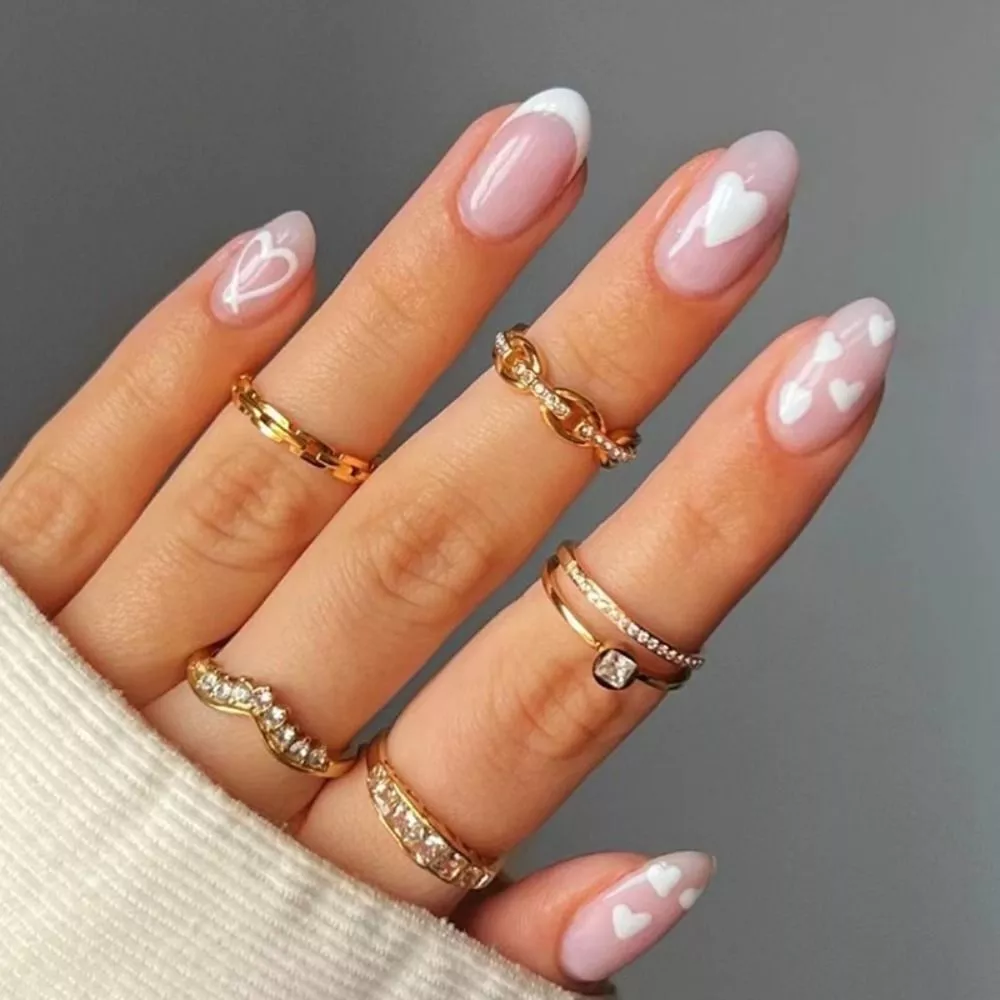
Acrylic Nails for Special Occasions
Special events call for extraordinary nail designs. Wedding nails often feature delicate, romantic elements. Lace patterns and pearlescent finishes complement bridal gowns. Prom nails embrace youthful, fun designs. Glitter and bold colors match the excitement of the event. Graduation nails might incorporate school colors or symbols. They celebrate academic achievement through nail art. Holiday parties inspire festive nail designs. Snowflakes, hearts, or fireworks mark specific celebrations. Birthday nails often feature confetti-like elements. Tiny dots or shapes create a party atmosphere. Some choose to match nails to a specific outfit. This creates a cohesive look for important events. Others use nails to add a pop of contrast. Bold nails can elevate a simple ensemble. Special occasion nails often incorporate luxury elements. Gold leaf, Swarovski crystals, or custom charms add elegance. These designs serve as wearable art for memorable moments.
Cultural Influnces in Acrylic Nail Art
Nail art often reflects cultural influences. Traditional patterns inspire modern nail designs. Henna-inspired nails feature intricate, swirling patterns. These designs often use deep reds or browns. Mandala patterns create symmetrical, mesmerizing nail art. They draw from Hindu and Buddhist traditions. Japanese-inspired nails might feature cherry blossoms or koi fish. These delicate designs showcase fine brush work. African prints bring bold geometric patterns to nail art. Bright colors and repeating shapes create eye-catching designs. Native American-inspired nails incorporate feather motifs and earth tones. These designs connect nail art to nature and tradition. Mexican folk art influences colorful, vibrant nail designs. Flowers and skulls often feature in these lively patterns. Greek key patterns offer a classic, elegant nail design. They provide a subtle nod to ancient art. Cultural nail art allows for personal expression of heritage. It brings diversity and richness to the world of nail design.
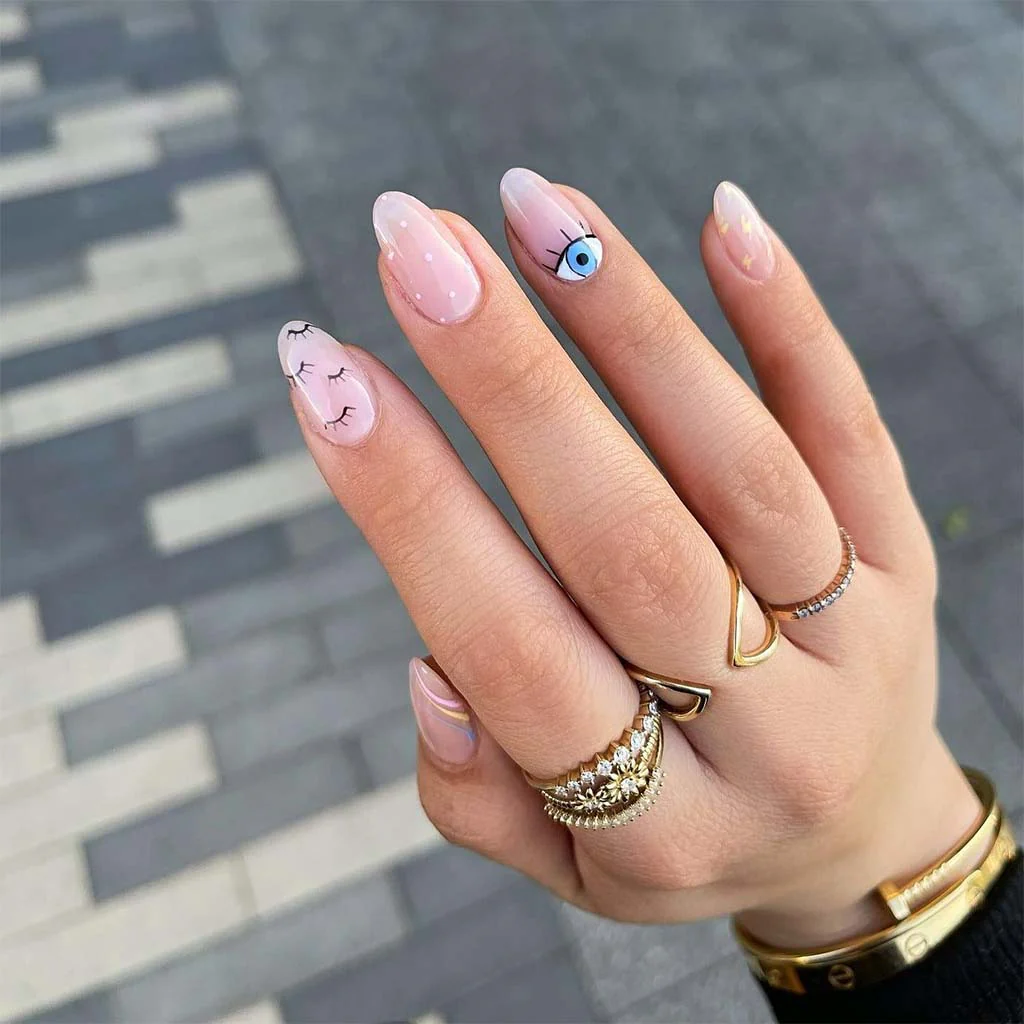
Acrylic Nails in Professional Settings
Professional environments often influence nail choices. Many opt for subtle designs in conservative workplaces. Neutral colors and short lengths maintain a polished look. Some professions restrict nail length for practical reasons. Healthcare workers often choose short, natural nails for hygiene. Certain industries embrace more creative nail designs. Fashion and creative fields often welcome bold nail art. Some use nails to express personality within dress code limits. A pop of color or subtle pattern adds individuality. Nude acrylics offer a professional look with added strength. They resist chipping better than natural nails. French tips remain a classic choice for business settings. They provide a clean, groomed appearance. Matte finishes offer a sophisticated alternative to glossy nails. They provide texture without drawing undue attention. Understanding workplace culture helps in choosing appropriate designs. Nails can complement a professional image when done thoughtfully.
DIY Acrylic Nails: Pros and Cons
DIY acrylic nails have gained popularity. They offer a cost-effective alternative to salon visits. At-home kits provide necessary tools and materials. This allows for nail experimentation in a comfortable setting. DIY acrylics provide flexibility in timing. Users can change their nails at any hour. However, DIY application requires skill and patience. Achieving a smooth, even application takes practice. Proper safety precautions are crucial when working with acrylics. Good ventilation prevents overexposure to fumes. Self-application may not achieve the durability of professional jobs. DIY nails might lift or chip more quickly. Removing improperly applied acrylics can damage natural nails. Professional removal remains the safest option. DIY enthusiasts should research techniques thoroughly. Online tutorials offer valuable tips for home application. While challenging, DIY acrylics can be a rewarding hobby. They allow for unlimited creativity and experimentation.

